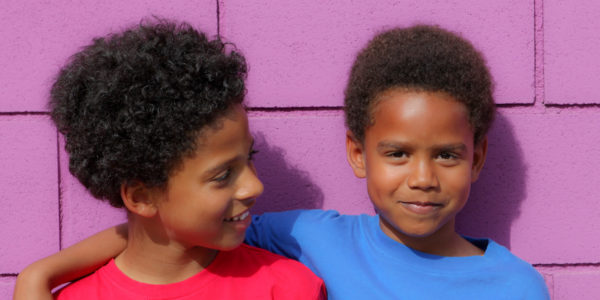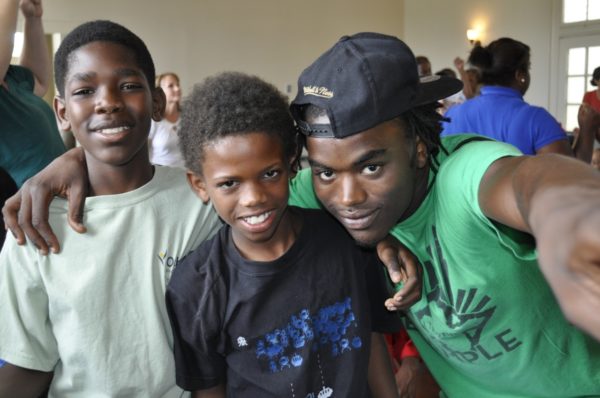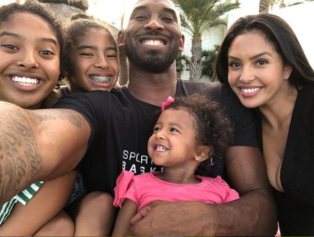Children’s exposure to violence has become a serious national problem. More than 60 percent of children from birth to 17 years old experience victimization and 38 percent witness violence sometime during childhood, according to the National Survey of Children’s Exposure to Violence. Compared with other segments of the population, victimization rates for African-American children and youths are even higher. What is the impact of that violence on their lives in the short term and the long term?
For Black Children, Abuse and Neglect Have Traumatic Effect
Being abused or neglected as a child increases the likelihood of arrest as a juvenile by 59 percent, as an adult by 28 percent, and for a violent crime by 30 percent, according to one study reported by the Justice Department’s National Institute of Justice, which looked at more than 1,500 cases over time. When the researchers looked at the children’s race, they found that white children who had been abused and neglected were no more likely to be arrested for a violent crime than those who had not been abused or neglected. By contrast, Black children who were abused and neglected showed significantly increased rates of violent arrests compared to Black children who were not maltreated.
Greater Harm to City Kids
For youths who live in an urban environment, the risk of the exposure to violence is much greater, as explored by researcher Stephen L. Buka et al., in the American Journal of Orthopsychiatry, who found that one-quarter of low-income, urban youths have witnessed a murder. In a Chicago study by Carl C. Bell and Esther Jenkins, approximately 25 percent of Black children reported witnessing a person shot and 29 percent indicated that they had seen a stabbing. After one of the children participating in this study described the violent deaths of seven close family members, an 8-year-old remarked that “just” three people in her family had died violently. The impact of these incidents is even harsher because the violence is most often perpetrated by people known to the youth and is likely to be reoccurring, which experts say creates potentially greater harm to a developing child than would a one-time incident of victimization. Youth exposure to victimization is directly linked to negative outcomes for young people, including increased depression, substance abuse, risky sexual behavior, homelessness and poor school performance.




